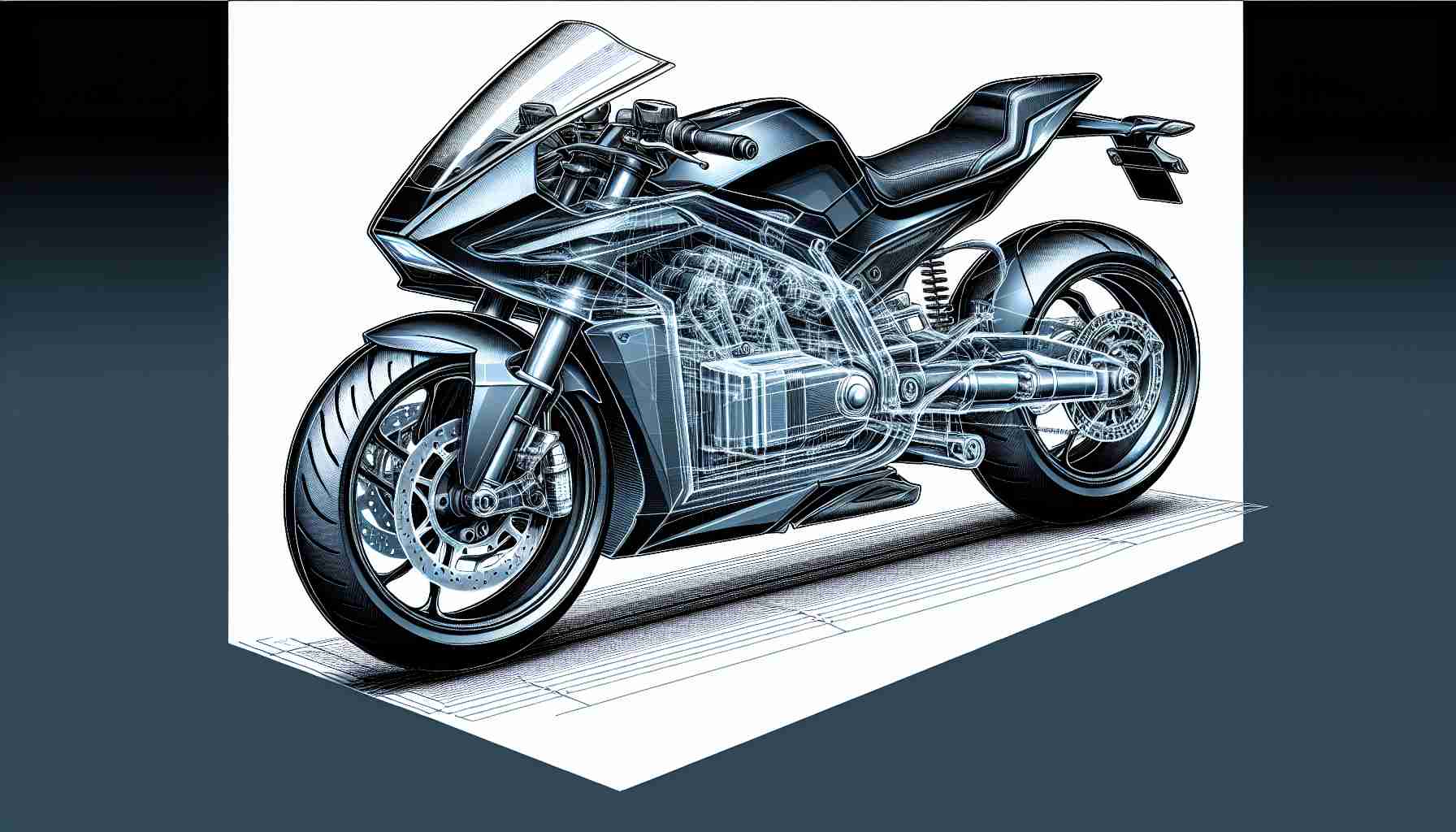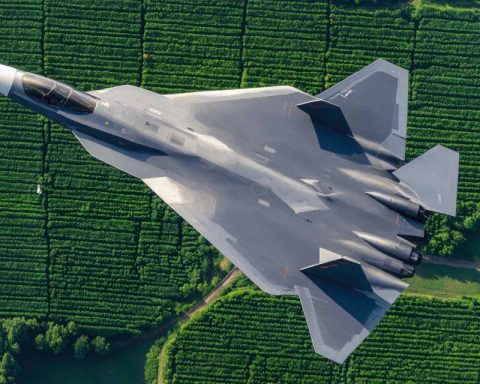Kawasaki, the renowned motorcycle manufacturer, has recently filed design patents for two new electric motorcycles. These upcoming models include the Ninja 7 Hybrid and the Z e-1. While it is still uncertain whether these motorcycles will make their way into the Indian market, this move by Kawasaki showcases their commitment to the evolving landscape of electric mobility.
The Ninja 7 Hybrid, one of the motorcycles filed for patent, boasts a parallel-twin engine with a displacement of 451 cc. Alongside the engine, a powerful 48 V lithium-ion battery pack supports a 9 kW traction motor, resulting in a combined power output of 60 bhp. Additionally, the Ninja 7 Hybrid features an e-boost function that can increase the power output to 69 bhp. Kawasaki claims that this motorcycle offers the performance of a 650 cc to 700 cc class bike, while maintaining the fuel efficiency of a 250 cc model.
For those seeking a fully electric option, Kawasaki has also filed a patent for the Z e-1 electric motorcycle. This model is equipped with two removable lithium-ion battery packs, each with a capacity of 1.5 kWh. The rear wheel is driven by an electric motor capable of producing 9 kW of peak power and 5 kW of continuous power. With a top speed of 79 kmph and a maximum range of 72 km in Eco mode, the Z e-1 presents a compelling option for urban commuting.
While these patents indicate the potential expansion of Kawasaki’s electric motorcycle lineup, it remains to be seen if these models will eventually hit the Indian market. Nonetheless, the filing of these patents marks Kawasaki’s willingness to explore the electric segment and cater to the growing demand for sustainable transportation options.
In an era where electric mobility is gaining traction globally, the emergence of these new motorcycles showcases Kawasaki’s determination to adapt and thrive in the changing landscape of the motorcycle industry. As the market continues to evolve, motorcycle enthusiasts eagerly anticipate the potential launch of these innovative and eco-friendly rides from Kawasaki.
FAQ Section:
1. What are the two new electric motorcycles recently filed for design patents by Kawasaki?
– Kawasaki has filed design patents for the Ninja 7 Hybrid and the Z e-1 electric motorcycles.
2. What is the power output of the Ninja 7 Hybrid?
– The Ninja 7 Hybrid has a combined power output of 60 bhp, which can be increased to 69 bhp with the e-boost function.
3. What is the engine displacement of the Ninja 7 Hybrid?
– The Ninja 7 Hybrid boasts a parallel-twin engine with a displacement of 451 cc.
4. What is the battery capacity of the Z e-1 electric motorcycle?
– The Z e-1 is equipped with two removable lithium-ion battery packs, each with a capacity of 1.5 kWh.
5. What are the specifications of the Z e-1 electric motorcycle?
– The Z e-1 has a peak power output of 9 kW, a continuous power output of 5 kW, a top speed of 79 kmph, and a maximum range of 72 km in Eco mode.
6. Will these electric motorcycles be available in the Indian market?
– It is still uncertain whether these motorcycles will make their way into the Indian market.
Definitions:
– Displacement: The total volume of all the cylinders of an engine, measured in cubic centimeters (cc) or liters (L). It represents the size or capacity of the engine.
Suggested Related Links:
– Kawasaki Official Website







